Down and back. Down and back. Down and back. Pack. Pack. Pack. Pack!
These are the common cues we hear about shoulder position in the weight training community. It’s cued on the bench press, it’s cued on the row, it’s cued on every kettlebell exercise possible. We’re in a world that’s obsessed with a shoulder blade that is locked in place.
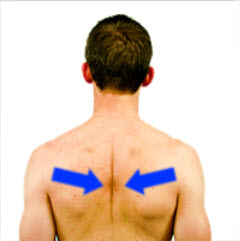
To be fair, it does appear that this is the strongest structural position to maintain during our heaviest of lifting. When we’re pressing for PR’s or for power, I’m all for putting your shoulder blades in your back pocket. The rest of the time, let’s set them free.
Recently I overheard a conversation at MFF that inspired me. Kyle Langworthy, our semi-private training manager, was discussing shoulder position with one of our Ninjas. Kyle knows a thing or two about shoulders, so I dropped some eaves and had a listen. What he said inspired me:
If you don’t learn to get forward, then you won’t learn to get back.
I appreciate shoulder mechanics as much as every biomechanics nerd out there, and there’s only one way to explain my reaction:
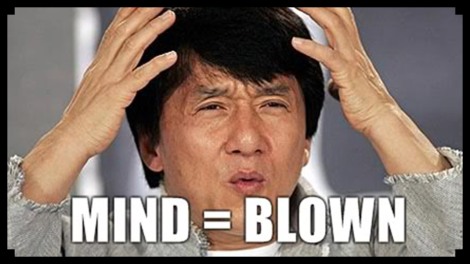
After Kyle dropped that pearl of wisdom, I found myself teaching class at MFF, with far less time to expound on the benefits of healthy scapulothoracic rhythm. 60 seconds is typically our longest rest periods, so my coaching needs to be clear and concise.
Recently I’ve been exploring how additional movements during those rest periods can inform and improve our next set, and these active rest periods have led me to include a favorite drill taught to me last year by Dr. Quinn Henoch. Quinn knows the shoulder with the best of them, and shared a simple drill that explores just how far our shoulder blades can move across our rib cage. I can’t recall what he taught it as, so I’m calling it a reach and roll:
What I love most about this exercise is the awareness that it builds. The reach and roll shines a spotlight on those scapulae, illuminating an area of the body often left in the dark. The shoulder blade is an interesting bone, with 17 muscles working to control its movement. Rather than focus on the role of each of these, this drill drives us towards how they work together. The benefit from it is that we learn how to drive our shoulder blades up and apart. When this proceeds a set of push-ups or rows, we’re better prepared to create that movement down and back.
There is a difference between finding a “packed” shoulder when desired, and being stuck in that position by default. When we spend too long fighting for packed shoulders, we lose out other reference points. I ask, “Packed compared to what?”
Kyle raised this point during his coaching session, and Quinn’s provided us with a great drill to learn or reinforce our ability to move well. Practicing 5 rolls forward and backwards in your warm-up, or between sets of upper body exercises, can prepare you to do what you do even better. Play with it yourself, then let me know how it goes!

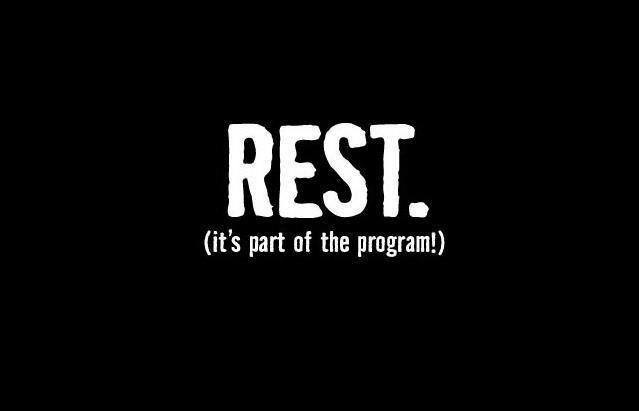
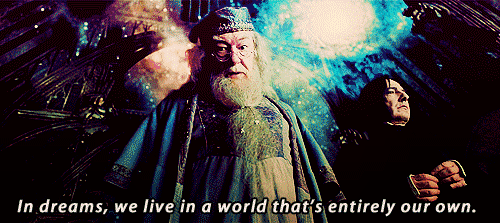
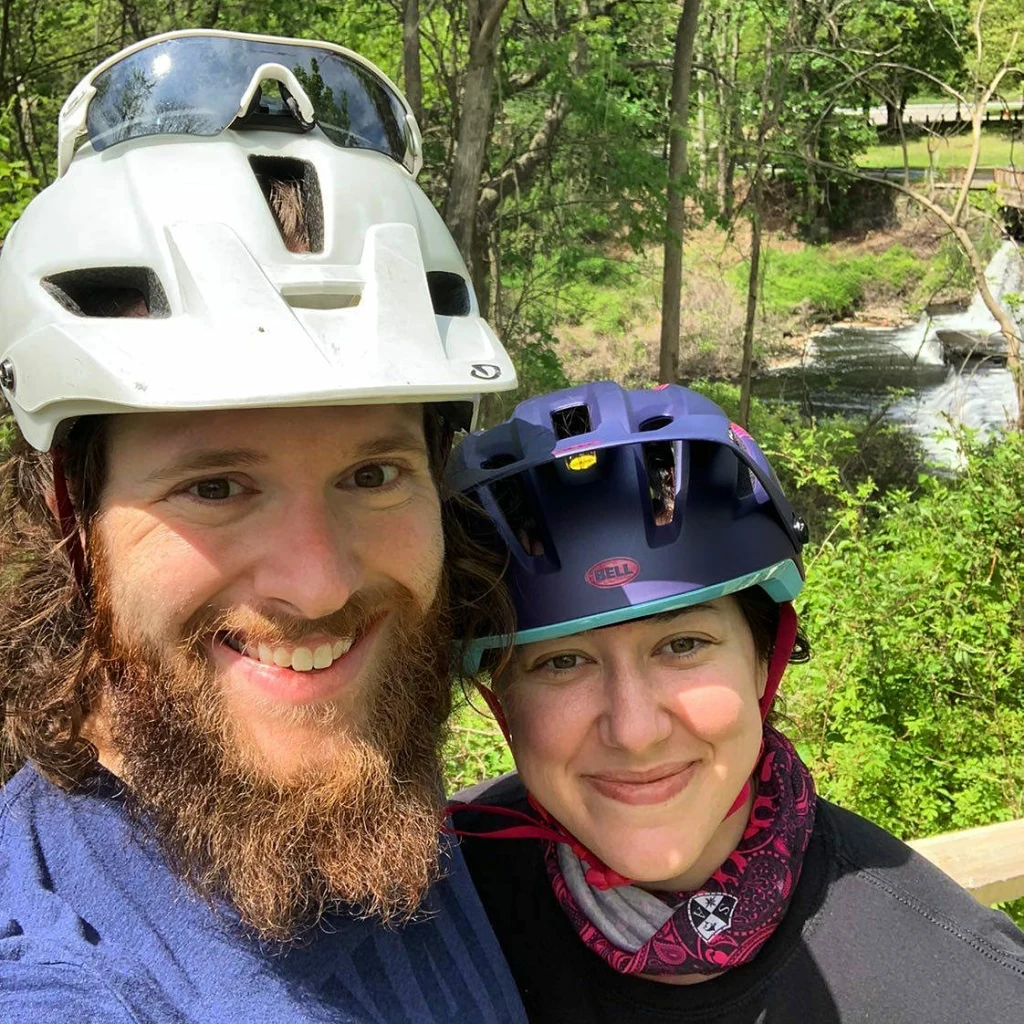
Leave a comment